 | In depth summary of the cryptography all systems will need to migrate to. "The algorithmic assumption of most existing public key cryptography in common use is that factoring large integers is hard; because of quantum computers and Shor’s algorithm, this algorithmic assumption is now a vulnerability." For signing, which is where today's blockchains are most vulnerable the article mentions "Meanwhile, the digital signature schemes are referred to as SIG in the NIST standardization process, where CRYSTALS–Dilithium, FALCON, and SPHINCS+ have been selected for standardization. CRYSTALS-Dilithium is a lattice-based scheme based on the Fiat-Shamir paradigm to keep key sizes manageable. It uses short keys and signatures like FALCON but does not require floating point operations. This makes it easier to implement on various CPUs and makes it efficient; NIST strongly recommends Dilithium for implementors. Dilithium is being standardized as FIPS 204. FALCON is also a lattice-based scheme but is based on the "hash and sign" paradigm. It requires floating point operations and has a complex internal data structure, making it difficult to implement on a variety of CPUs. However, FALCON requires the smallest bandwidth of the candidate schemes and is faster when verifying a signature, but it’s slower than Dilithium when signing. It was chosen as an alternative when lower bandwidth and higher security is required, but NIST has yet to assign it a FIPS number. SPHINCS+ is based on the combination of various hash-based schemes that can perform key generation and validation quickly, creating short public keys, but it can be slow when signing, creating long signatures. SPHINCS+ could be tricky to implement and perform cryptanalysis on. Two attacks with specific parameters on SPHINCS+ were discovered in the third round of evaluation, making it a surprising choice for standardization, with the FIPS number 205. We assume they did this to have an alternative to the other two lattice schemes. In this case, it should be noted that care should be taken to avoid insecure parameter sets when using the algorithms. The Internet Engineering Task Force (IETF) has proposed their own SIG algorithms: XMSS (RFC 8391) and LMS (RFC 8708). LMS is within the IETF standards, while XMSS is created for information only. These will likely remain niche algorithms, at best, in favour of the NIST and FIPS standards. " [link] [comments] |

You can get bonuses upto $100 FREE BONUS when you:
💰 Install these recommended apps:
💲 SocialGood - 100% Crypto Back on Everyday Shopping
💲 xPortal - The DeFi For The Next Billion
💲 CryptoTab Browser - Lightweight, fast, and ready to mine!
💰 Register on these recommended exchanges:
🟡 Binance🟡 Bitfinex🟡 Bitmart🟡 Bittrex🟡 Bitget
🟡 CoinEx🟡 Crypto.com🟡 Gate.io🟡 Huobi🟡 Kucoin.





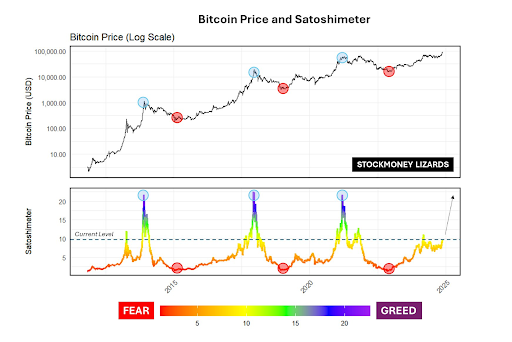


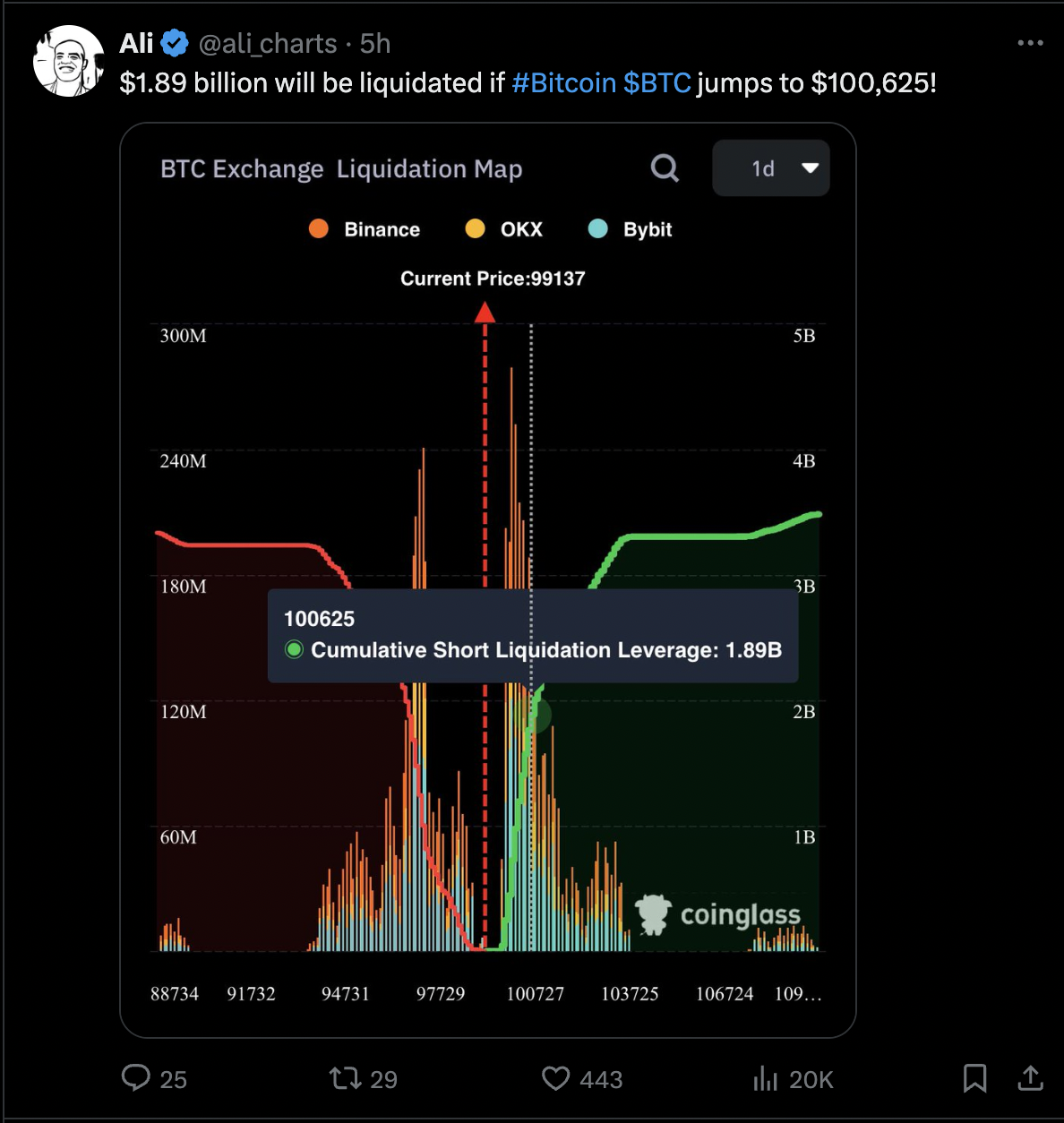


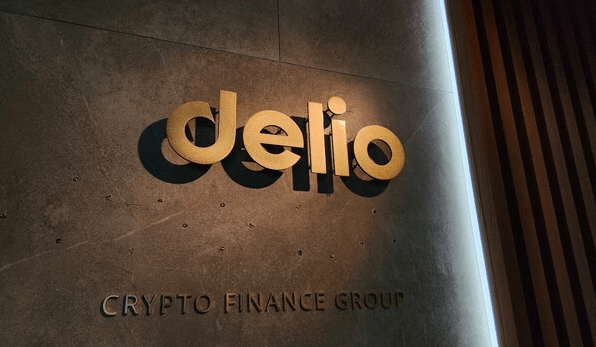




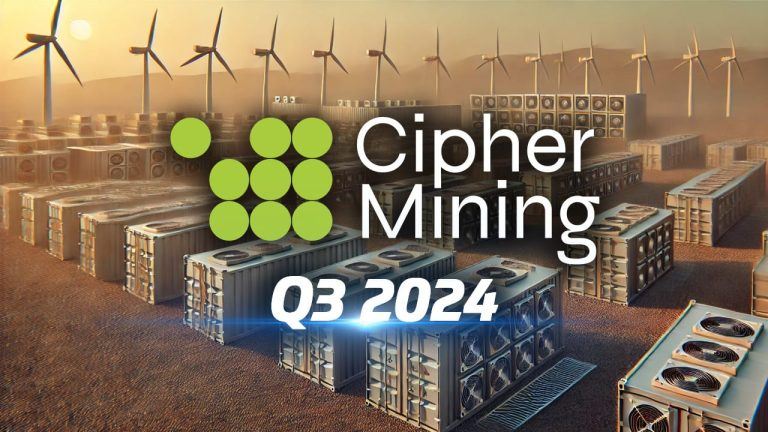

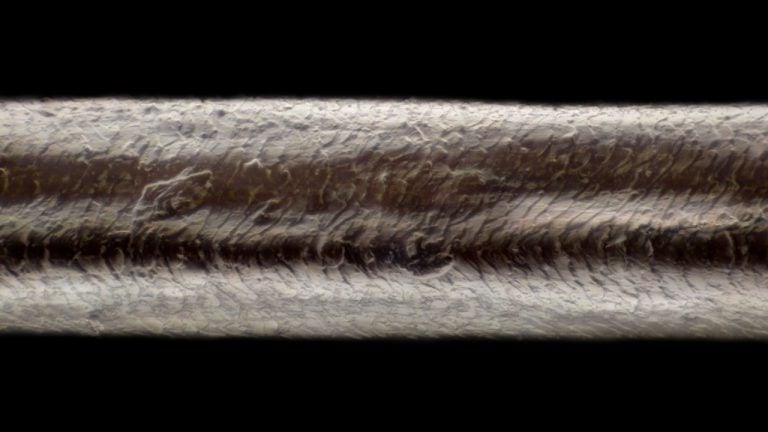
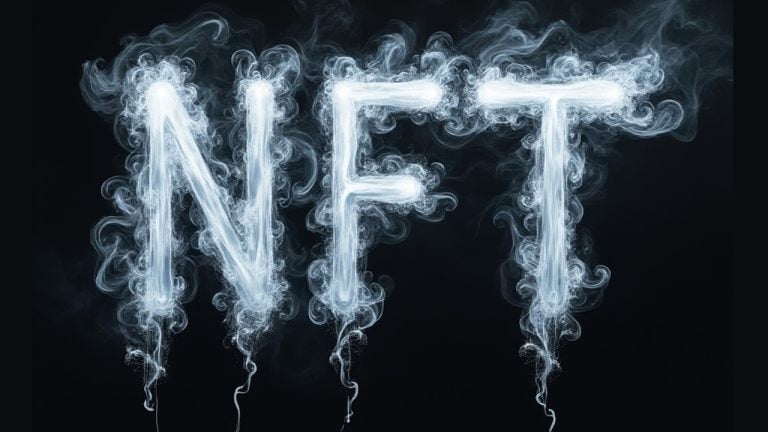
Comments